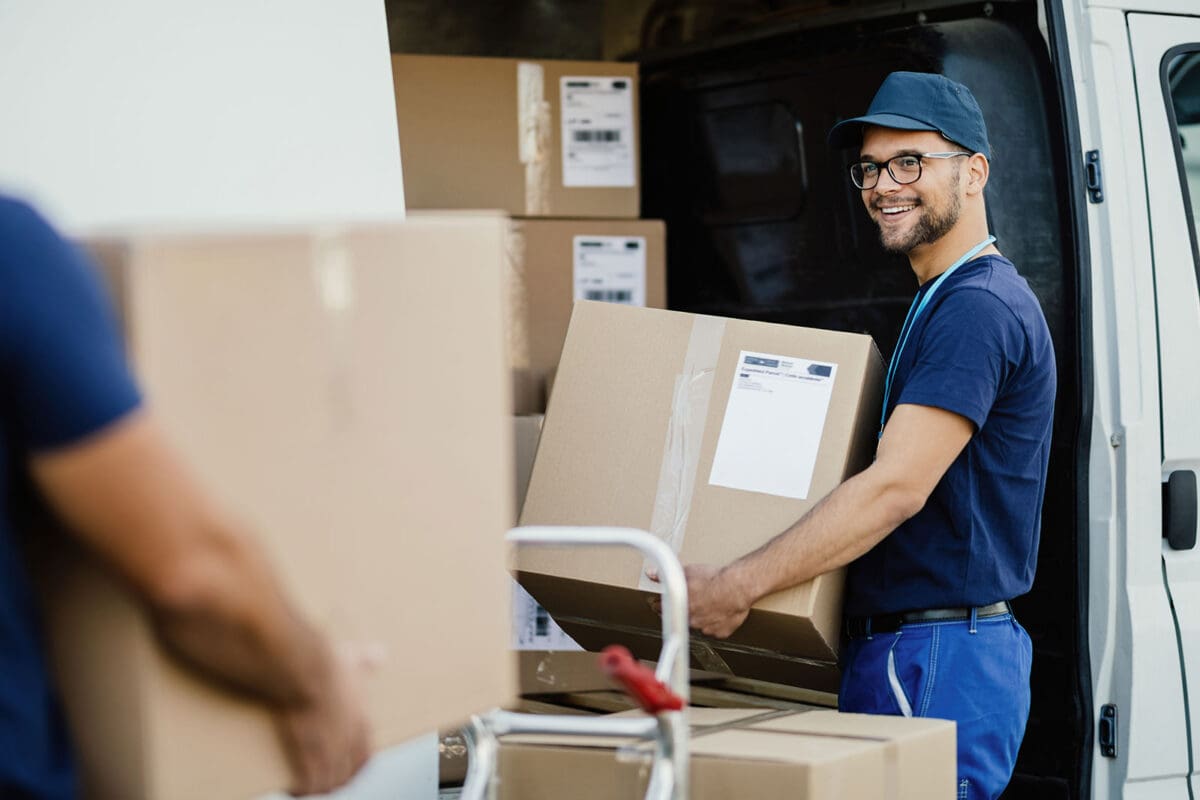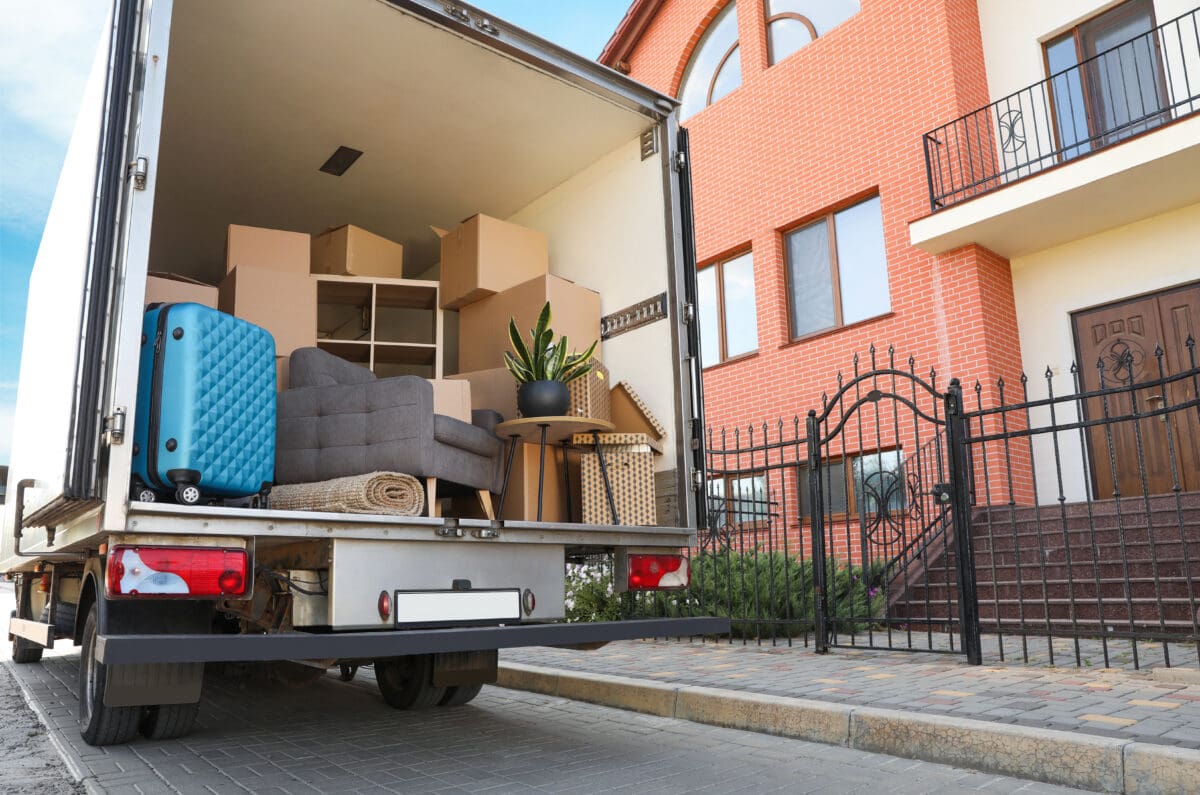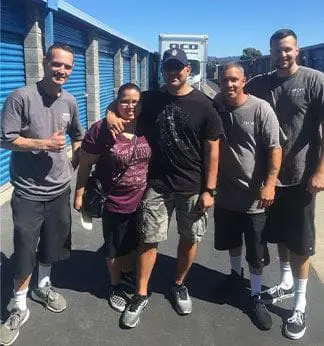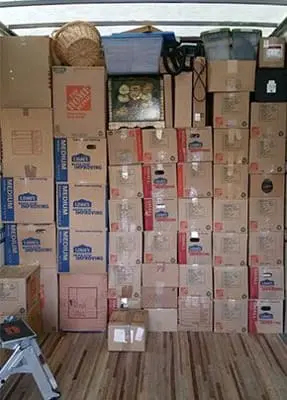April 26, 2024 moving
When it comes to moving to a new home, one of the most important decisions you’ll make is choosing a reputable moving company. Unfortunately, not all moving companies are created equal, and there are some out there that may try to take advantage of unsuspecting customers. That’s why it’s crucial to do your due diligence and make sure the moving company you’re considering is legit. In this blog post, we’ll discuss how you can check the legitimacy of a moving company to ensure a smooth and stress-free moving experience.
Understanding the Importance of Legitimacy in Moving Companies
Recognizing the significance of choosing a legitimate moving company is the foundation of a successful relocation process. The legitimacy of a moving company is not merely about compliance with regulations; it’s about ensuring a level of professionalism and security that can significantly reduce the stress associated with moving. Legitimate moving companies are governed by a framework of rules and standards that serve to protect both the consumer and the business. These standards cover everything from the handling and transport of your belongings to the transparency of pricing and contracts.
When you opt for a legitimate moving company, you’re choosing a partner in your move that is accountable for its actions and commitments. These companies invest in the proper training of their staff, ensuring that your belongings are packed, loaded, and transported with the utmost care. Furthermore, in the event of an unexpected situation, such as damage or loss of your items, legitimate companies have mechanisms in place, such as insurance options, to provide compensation. This is in stark contrast to less scrupulous operators who may offer lower quotes but expose you to a higher risk of mishandling or fraud.
The peace of mind that comes from knowing your possessions are in the hands of professionals cannot be overstated. It’s about more than just the physical movement of items from one place to another; it’s about the trust and confidence that your moving journey will be smooth, transparent, and aligned with your expectations. This is why understanding and verifying the legitimacy of a moving company is a critical step in your moving process.
Checking for Proper Licensing and Insurance
Ensuring a moving company has the necessary licensing and insurance is a pivotal step in verifying its legitimacy. A reputable moving company should hold a valid license issued by the Department of Transportation (DOT). This license is not just a formality; it’s a guarantee that the company adheres to the strict regulations and standards set forth by authorities to protect consumers during the moving process. You can request the company’s DOT number and verify it through the official DOT website, providing an additional layer of assurance in your decision.
Equally important is the company’s insurance coverage. A legitimate mover will offer various insurance options to safeguard your belongings throughout the move. This insurance is crucial, as it ensures you are compensated in the event that any of your items are damaged or lost. Ask to see proof of their insurance policies and take the time to understand what is covered and under what circumstances. This transparency in insurance coverage is a hallmark of a trustworthy moving company.
Remember, a moving company’s willingness to provide this information readily and transparently is a good sign of their legitimacy. Hesitation or evasion when asked for licensing or insurance details should raise red flags. Engaging with a moving company that prioritizes this level of openness will not only protect your belongings but will also give you peace of mind knowing that you are working with professionals who are committed to upholding the highest standards of service and accountability.
Researching Online Reviews and Ratings
In today’s digital age, the internet serves as a powerful tool for gauging the reputation and reliability of moving companies. Diving into online reviews and ratings can offer a wealth of insights into a mover’s legitimacy. Platforms such as Yelp, Google, and the Better Business Bureau are invaluable resources where customers leave feedback about their experiences. These platforms can shed light on various aspects of a company’s service, including the quality of customer care, efficiency of the moving process, and how well the company handles any issues that arise.
When perusing these reviews, it’s important to look for patterns rather than isolated incidents. Consistently positive reviews across multiple platforms are a strong indicator of a company’s trustworthiness and professionalism. Pay attention to how a company responds to both positive and negative reviews. A legitimate moving company will engage with its customers, addressing concerns and demonstrating a commitment to resolving any problems. This level of engagement shows a company’s dedication to customer satisfaction and continuous improvement.
However, while online reviews are informative, they should not be the sole factor in your decision-making process. Combine this research with other due diligence steps, such as verifying licensing and insurance, seeking personal recommendations, and assessing customer service quality, to form a comprehensive view of each moving company’s legitimacy. By taking a holistic approach to your research, you can make a more informed decision about which moving service best suits your needs.
Asking for Recommendations and Referrals
Tapping into your personal network for recommendations and referrals is another essential strategy in verifying a moving company’s legitimacy. The insights gained from those within your circle—friends, family, or colleagues—who have firsthand experience with a moving service provide invaluable, trust-based feedback. These personal anecdotes offer a more nuanced understanding of a company’s reliability, punctuality, and overall quality of service than you might find through online platforms alone.
When seeking out these personal recommendations, inquire about specific aspects of the move. Ask about the communication with the company, the condition of their belongings upon arrival, and the professionalism of the staff. Such details can offer a clearer picture of what to expect and help identify any potential red flags that might not be as apparent through other research methods.
Additionally, consider reaching out to local real estate agents or housing professionals. These individuals often have connections with reputable moving companies and can suggest services that have consistently demonstrated reliability and excellence in their interactions with clients.
Remember, the objective here is not just to find a moving company but to find one that has proven itself to be trustworthy and effective according to those whose opinions you value. This method, combined with thorough research and due diligence, lays a solid foundation for selecting a moving company that will meet your needs with integrity and professionalism.
Evaluating the Company’s Customer Service
The quality of a moving company’s customer service is a crucial indicator of its legitimacy and professionalism. When you first reach out to a moving company, take note of their responsiveness and the clarity with which they communicate. A legit moving company will be prompt in answering your calls or emails, eager to address your queries, and clear about their services, pricing, and policies. Their approach should be accommodating and informative, providing you with the confidence that they are there to support you throughout the moving process.
Pay special attention to how they handle your concerns. A reputable mover will not only provide answers but will do so in a manner that is understanding and patient. They should be willing to go the extra mile to ensure your peace of mind, such as offering to schedule an in-home estimate or providing detailed information about their insurance coverage and claims process. This level of attentiveness and transparency is a hallmark of a company that values its customers and is committed to delivering quality service.
Additionally, observe whether the company proactively communicates and keeps you informed. Updates about the moving schedule, the team that will handle your move, and any changes or recommendations for a smoother relocation are signs of a moving company that takes its responsibility towards its clients seriously. A company that excels in customer service demonstrates not only its legitimacy but its dedication to making your move as seamless and stress-free as possible.
Inspecting the Physical Address and Fleet
An important yet often overlooked step in determining the legitimacy of a moving company is verifying its physical presence and inspecting its fleet. A credible moving company should be transparent about its business location and welcome potential clients to visit their office or warehouse. This not only affirms their operational legitimacy but also gives you a chance to observe their business practices firsthand.
Additionally, assessing the condition of the moving company’s fleet is crucial. The state of their vehicles reflects on their professionalism and the care they will extend to your belongings. Legitimate movers maintain a fleet of clean, well-kept trucks equipped with the necessary tools and materials to facilitate a smooth move. These vehicles should also display the company’s branding and DOT numbers, further proving their legitimacy.
This step, combined with the diligent research and verification methods discussed, provides a fuller picture of a moving company’s commitment to excellence and legitimacy. Ensuring you’re comfortable with both their physical operation and the appearance and upkeep of their fleet will boost your confidence in their capability to handle your move efficiently and respectfully.
Work With OCD Moving Services
Choosing the right moving company is crucial to the success and ease of your relocation journey. OCD Moving Services stands out as a premier choice for anyone seeking a dependable and professional moving experience. With our rigorous adherence to licensing and insurance requirements, we provide not only peace of mind but also the assurance that your belongings are in safe hands. Our commitment to transparency and excellence is reflected in the glowing reviews and high ratings we’ve received from satisfied customers across various platforms. At OCD Moving Services, we understand the importance of trust and reliability in the moving process. That’s why we go above and beyond to offer comprehensive services tailored to your unique moving needs. From detailed in-home estimates to a fleet of well-maintained and branded vehicles, we ensure every aspect of your move is handled with the utmost care and professionalism. Let us make your next move seamless and stress-free. Contact OCD Moving Services today to experience a move that exceeds your expectations.















